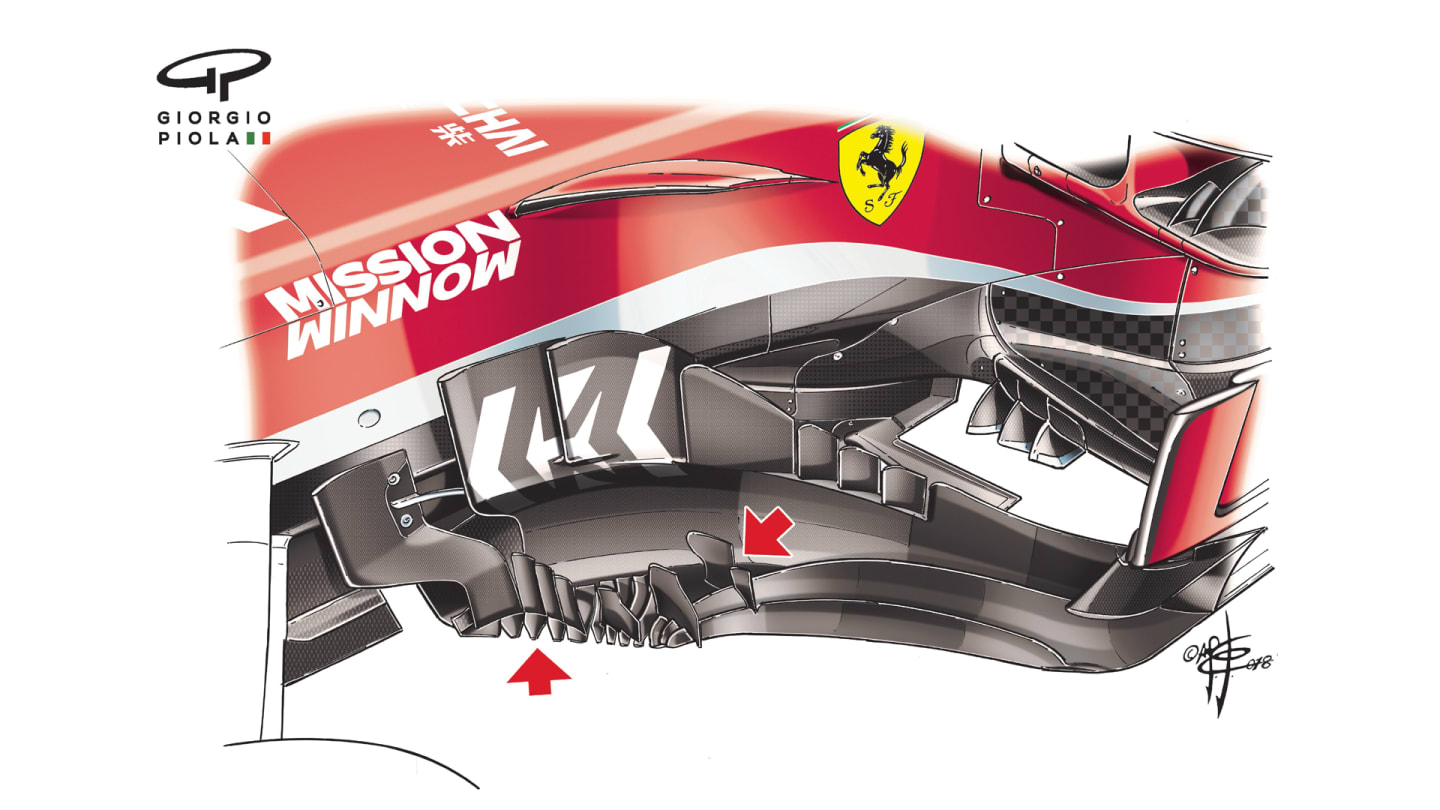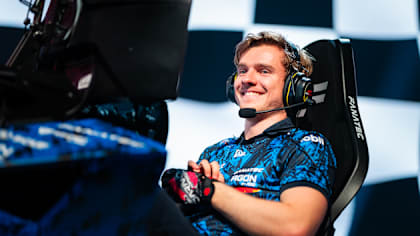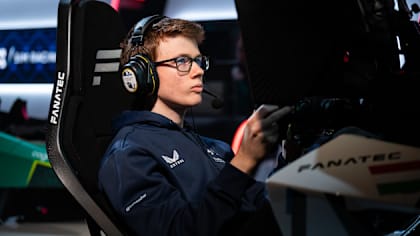
Technical
TECH TUESDAY: How going backwards took Ferrari forward to US victory

Share

Ferrari’s return to form in Austin after a period in the doldrums has almost certainly come too late to save Sebastian Vettel’s title campaign - but the removal of recent updates at least showed the team where the problem areas have been of late…
“You can see it as good news but you can also see it as bad,” said Vettel following the United States Grand Prix. It’s good that the car is fast again, he explained, but bad that it had taken a return to a specification used three months ago, suggesting that the team’s development programme had somehow gone awry.
In Austin a new barge board and floor were brought and tried on one car during Friday first practice – but this particular update was removed for the rest of the weekend. This was a modified version of the new floor introduced in Sochi but removed in Suzuka in favour of the standard floor. The barge board and floor work together as one update.
The new barge board has two extra ‘mushroom’ vortex generators aft of a revised and more intricate set of guide vanes (red arrows in top drawing). These vanes carry more curvature than the older-spec barge board. The vortex generators further energise the airflow travelling along the outer edges of the floor. In the first drawing below we see the revised floor that was tried and discarded in Austin, with the final drawing showing the standard floor that was qualified and raced on both cars.

The revised floor - which included a more intricate arrangement of slots and vanes compared to the previous floor - that was tried and discarded in Austin
Comparison of the two floors shows how much more intricate the arrangement of slots and vanes are in the new version. Management of the airflow between the upper and under surfaces of this part of the floor is highly sensitive. The slots help create vortices on the outer edges of the underfloor that seal the underfloor off to increase the negative pressure, which in turn increases the speed of the airflow coming through the central part of the underfloor and thereby increases downforce.
The vortex generators on the new barge board suggest that the Ferrari aerodynamicists are trying to increase the speed along the upper surface of the floor so that when it meets the slots and interacts with the underfloor flow, the power of those underfloor vortices is increased, thereby giving a stronger sealing effect.
This has been concurrent with a change in the shape of the slots forming those vortices, and a series of new outward-pointing vanes around them. This suggests that an attempt is being made to more efficiently turn around any rear-tyre airflow not sucked through the slots.

The standard floor of the Ferrari SF71H that was qualified and raced on both cars in Austin, with Kimi Raikkonen ultimately winning the United States GP
The vanes ahead of the lateral slot at the rear (just ahead of the tyre) have also been re-aligned. Air will be accelerated through this slot, further directing it away from the tyre, in this case inboard – and from there will be used to help energise the flow around the exit of the diffuser.
These changes will have been guided by Ferrari’s studies in the wind tunnel and CFD but have clearly not worked as simulated. This has followed other recent developments that have been subsequently discarded including a rear wing and rear suspension introduced at Singapore but removed – also since Suzuka. A new front wing introduced in Sochi has, however, remained on the car since.
Although Ferrari’s competitive return to form is great news for F1, the team – having identified the areas where its previously mysterious loss of form originated – will now be working hard to understand just why this particular area of development has not worked as simulated. It will be particularly crucial in the development of next year’s car that this problem is understood.
YOU MIGHT ALSO LIKE
Report Jarno Opmeer and Bari Broumand take victory in Rounds 10 and 11 of F1 Sim Racing World Championship

Video WATCH: Lawson out, Tsunoda in – Laura Winter and Lawrence Barretto discuss Red Bull’s driver call
Video LIVESTREAM: Watch the action from Qualifying for Round 10 of the 2025 F1 Sim Racing World Championship
News Wolff hails Russell as one of 'absolute top three' drivers in F1 after '10 out of 10' performance in China



